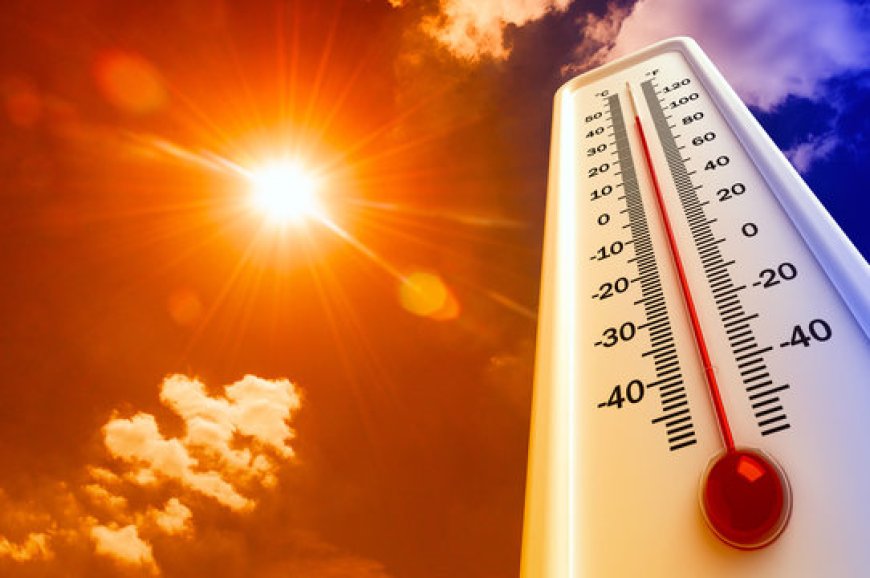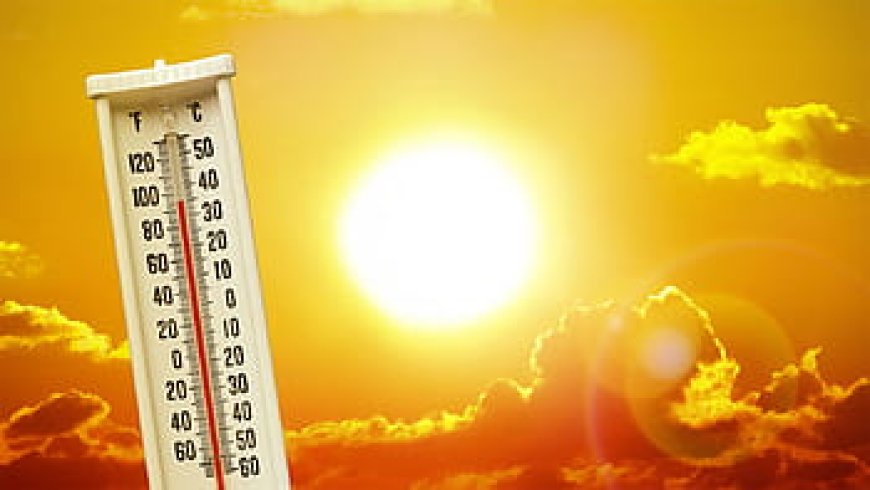Record-Breaking Temperatures in India: A Rising Environmental Concern
Introduction
India faced unprecedented heatwaves in 2024, setting new records for high temperatures across various regions. The extreme heat has intensified concerns about climate change, global warming, and their impact on public health and the environment.
Temperature Records and Affected Regions
The year 2024 witnessed the highest recorded temperatures in decades, with multiple cities crossing the 50°C (122°F) mark. States like Rajasthan, Uttar Pradesh, Delhi, and Madhya Pradesh were among the worst affected, experiencing prolonged heatwaves.
Key Temperature Highlights:
-
Delhi recorded an all-time high of XX°C, disrupting daily life and leading to increased hospitalizations.
-
Rajasthan reported temperatures exceeding XX°C, severely affecting water supply and agriculture.
-
Maharashtra and Southern India also faced unusually high temperatures, causing power shortages and wildfires.
Health and Environmental Impacts
The extreme heat has led to several severe consequences, impacting both human life and ecosystems:
Health Hazards:
-
Increased cases of heatstroke, dehydration, and respiratory illnesses.
-
Overburdened healthcare facilities due to a rise in temperature-related emergencies.
-
Higher mortality rates, particularly among vulnerable populations like children and the elderly.
Environmental Effects:
-
Water Crisis: Drought conditions and depleting groundwater levels threaten agriculture and drinking water supply.
-
Crop Damage: Rising temperatures have adversely affected crop yields, impacting food security.
-
Wildfires and Deforestation: Prolonged dry spells have increased the risk of wildfires, leading to habitat loss.
Government and Public Response
In response to the crisis, authorities have implemented several measures:
-
Heat Action Plans (HAPs): Several states have activated early warning systems and cooling centers.
-
Water Conservation Efforts: Awareness campaigns on efficient water usage and rainwater harvesting are being promoted.
-
Urban Planning Initiatives: Cities are adopting heat-resilient infrastructure, including green rooftops and increased tree cover.
-
Renewable Energy Adoption: To combat climate change, investments in solar and wind energy are being scaled up.
The Way Forward
While immediate relief measures are crucial, long-term climate strategies must be prioritized. Strengthening disaster preparedness, enhancing urban green spaces, and reducing carbon emissions are key steps in mitigating future heatwaves.
Conclusion
India’s record-breaking temperatures in 2024 highlight the urgency of addressing climate change and environmental sustainability. Collaborative efforts between governments, businesses, and individuals are essential to curb global warming and protect both human and ecological health.

 Priya
Priya 







